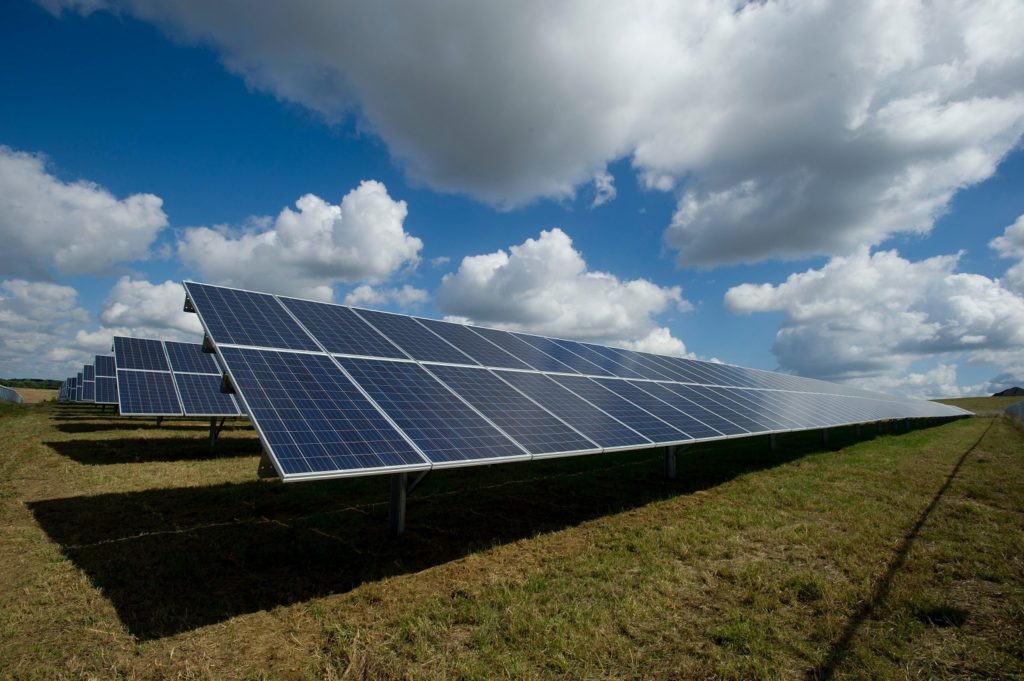In 2020, South Africans experienced the most intensive load shedding to date. These crippling power cuts, which amounted to a staggering 856 hours, almost 10% of available hours, cost the economy billions of Rands.
Poor performance at several power stations, including Kusile and Tutuka, resulted in a rapid depletion of Eskom’s emergency generation reserves.
Furthermore, South Africa’s overall capacity to produce energy has plummeted by nearly 10% over the past decade and there are predictions of a shortfall of up to 6 000 megawatts over the next five years.
To address this, government’s progressive stance towards renewables, as outlined in the 2019 Integrated Resource Plan (IRP) commits to a shift away from coal towards renewables, with a planned 25% of all power being drawn from renewables by 2030.
Jan Fourie, Sub-Saharan Africa’s GM of renewables giant, Scatec, believes that the urgency for cleaner power generation has been a catalyst for the rise in the uptake of renewables and the advances in the battery storage technology.
“Renewables in SA are now more cost-effective and quicker to establish than ever before – and with no shortage of state support, have engendered a fertile and attractive investment landscape. Solar and wind already provide twice as much power to the national grid as nuclear , and we can now expect swift progress towards the target of 25% of South Africa’s total energy supply to come from renewables by 2030, as stipulated in the DMRE’s Integrated Resource Plan (IRP)”.
Fourie explains that because power generation needs to be balanced with demand within the grid in real time, the Department of Mineral Resources and Energy (DMRE)’s RMIPPP insists that all new energy produced must be fully dispatchable, at the request of grid operators, to meet market needs when and where they may arise.
“While renewable energy has not been dispatchable until now, exciting new developments in batteries and power storage have now enabled dispatchable power from renewable sources in efficient, cost-effective ways,” he says.
Because power from renewable sources like photo-voltaic (solar panels) and wind turbines is intermittent by nature, renewable power plants tend to oversize their operations in order to create an excess in supply. This ensures that they can always meet generation supply quotas even during prolonged periods of low wind or solar radiation.
Efficient storage technology is essential to absorbing this excess and ensuring a constant output of dispatchable power. Such considerations are especially crucial for the RMIPPP bid-winning projects, as the plan stipulates that the power generated must be available at full capacity from 05:30 to 21:00 daily.
Fourie explains that Scatec’s own RMIPPP bid-winning scheme to supply 150 megawatts via three massive solar arrays in the Northern Cape is a good example of this.
The ambitious renewables-only project will see around one million individual solar panels set across a 10 km wide site – and will be co-located with advanced storage facilities utilising lithium ion (Li-ion) battery technology. Li-ion batteries are comparatively small (only hydrogen – and helium-based ones are smaller), which allows such facilities to achieve a favorable ratio of charge and voltage storage relative to volume and space requirements.
“Factor in the recent widespread surge in industrialisation of these technologies and the constantly decreasing prices due to the effects of ‘economies of scale’, and we have a recipe for fully feasible renewable energy, that is cost-competitive with traditional energy sources for the first time in South Africa.”
Fourie believes that governments and corporates alike are pivoting their efforts towards cutting-edge combinations of renewables and battery storage tech, and how best to procure these for the benefit of people and environments.
“In South Africa this will result in an appreciable closing of the energy gap – currently a significant threat to our economic stability – as well as a big step towards our commitment to global climate goals like the UN’s Paris Agreement, whose imperatives urge us to reduce carbon emissions, curb global warming, and promote a cleaner, greener Earth,” concludes Fourie.
Sources/ references:
- https://www.businessinsider.co.za/new-csir-report-load-shedding-and-eskom-2021-3
- https://www.pinsentmasons.com/out-law/analysis/south-africa-commits-to-diversified-energy-mix
- https://www.cei.washington.edu/education/science-of-solar/battery-technology/#:~:text=A%20lithium%2Dion%20(Li%2D,and%20separated%20from%20their%20electrons.&text=Li%2Dion%20batteries%20typically%20use,organic%20compounds)%20as%20an%20electrolyte

